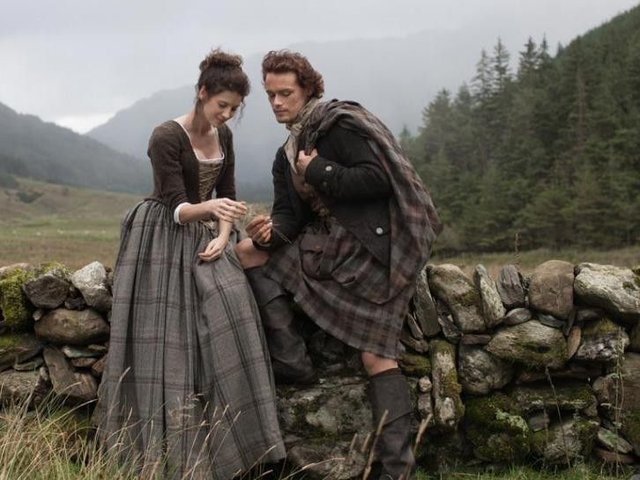Amongst the secret societies we know of on the planet today, Freemasonry is considered to be among the most influential. Due to their secretive nature as well as using Masonic symbols, routine and also insignia, the Freemasons have actually drawn in a lot of speculation over the centuries. If you are asking ‘what is freemasonry’ you need to recognize that there are multiple types, some relate to every other while others are independent. Many branches of freemasonry started to emerge in the 1730s as it spread out throughout Europe. Both prime Bodies are known as the ‘Scottish Ceremony’ as well as ‘York Ceremony’, while these two courses share common resemblances, they have plain distinctions likewise. This short article highlights several of the essential attributes of the Ancient and also Accepted Scottish Ceremony of Freemasonry.
Scottish Ceremony Freemasonry: Some Background
The Old and Accepted Scottish Rite of freemasonry is the most commonly recognized, well established as well as prominent of the Masonic rites. With historical links to the Knights Templar its success as the most commonly established system of freemasonry schedules partially to the work of Albert Pike, 33rd degree Sovereign Grand Assessor General, who composed numerous publications on the subject. Of note is his work qualified Morals and also Dogma. The Supreme Council was developed in 1801 and also it is this body that supervises the Scottish Ceremony to this day.
Initially, there were only 3 Masonic levels that could be achieved, however, with the spread of Freemasonry several brand-new degrees were created; however, these were at first kept secret. The Masonic rituals made use of in the first two levels of the Scottish ceremony, particularly; Entered Pupil as well as Other Craft Mason, date back to Midlife ceremonies of Scottish stonemason guilds. The initiation routine of the 3rd level Master Mason is based on products passed on with Worshipful Masters from the early part of the 18th century. Much of the Scottish Ceremonies secret signs, handshakes and passwords have been given from the Middle Age guilds.
The colour blue was traditionally connected with old complimentary and accepted stonework and has continued to be in use to this day. An instance can be located on Masonic aprons which have a blue lining. The form of ‘speculative masonry’ being talked about below is frequently referred to as the ‘Blue Lodge’. There is also a ‘Red Lodge’ which has a stronger focus on the symbolic rebuilding of the Temple of Solomon. This is likewise called the ‘Royal Arch Degree’.

Divisions and Degrees in Scottish Rite Stonework
The Old, as well as Accepted Scottish Ceremony, has 33 possible degrees. Every Masonic Lodge in the order should come under the jurisdiction of a Grand Lodge, and every Lodge is supervised by a ‘Worshipful Master’. The Scottish Rite focuses on private freedom, citizenship and also morality. Given that it does not proclaim to protect or connect to anyone confidence, it accepts members from all religious denominations. Only guys who have acquired complete legal age can join offered they have an idea in one supreme Maker.
The Scottish Rite has four core bodies:
- Lodge of Perfection – This division has the fourth (Secret Master) – 14th (Grand Elect Mason) levels. Founded in Albany, 1767, its full title is the: ‘Inexpressible Lodge of Excellence’.
- Chapter of Rose Croix – This division has the 15th (Knight of the East, of the Sword, or Eagle) – 18th (Knight Rose Croix) levels.
- Council of Kadosh – This division consists of the 19th (Grand Pontiff) – 30th (Knight of Kadosh, or Knight of the White as well as Black Eagle) levels.
- Consitory – This divisions contains just the 31st (Assessor Inquisitor) – 32nd (Master of the Royal Trick) levels.
One final division is the ‘Court of Honour’ which is reserved for those that have added greatly to the Order. This includes the 33rd (Inspector General Honorary) level, Knight Commander of the Court of Honour as well as, Grand Cross of the Court of Honour. The latter is the highest solitary honour a Freemason can want to accomplish. It is reserved only for 33rd degree Masons that have been outstanding in their efficiency of service to the lodge.
What is sporran? You can visit their page to find out more useful information.
